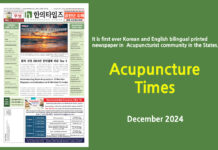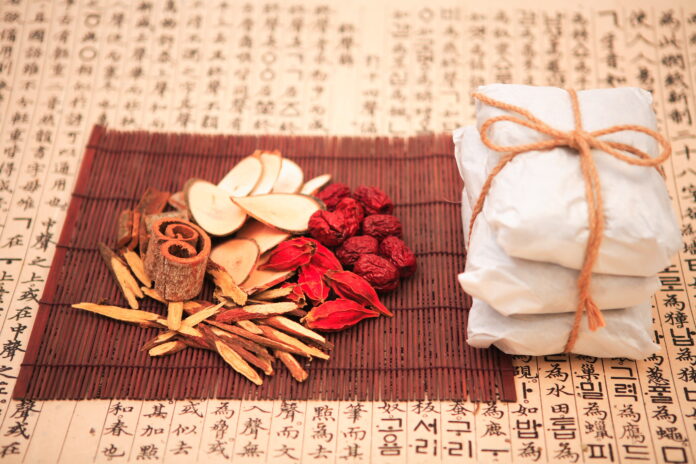Background of ‘Sign Symptoms’
‘Guizhi’ is an effective herb for a headache
By Joobong Kang, KMD
<1> In Modern Western Medicine, while symptoms of a patient are referred to, biochemical makers of illness as the first step in determining treatment. There are many methods to objectively find this malfunction through laboratory such as UA and/or CBC examinations and imaging such as MRI, CT, and/or Ultra Sound.
In ancient times, sufficient biological knowledge about the body was unavailable to doctors. They were limited in objectively diagnosing a patient; therefore, they had to rely on diagnosing a patient through observation of appearing symptoms.
After a long period of time, correct techniques on how to treat various symptoms were developed by ancient doctors. The results of successful treatments allowed them to systematically begin forming primitive theories, where the ‘primitive symptom treatment theory’ was created.
Then following generation of doctors were able to use this foundation to find a proper herb to treat a specific symptom. But they discovered that this particular herb might not work for all similar cases.
Through trials and error, they were able to refine the ‘primitive symptom treatment theory’ to a more definitive development of ‘sign symptoms’ of herbs or formulas, using scientific evidence that created the ‘primitive sign symptom treatment theory’.
For example, ancient doctors found out that ‘Guizhi’ is an effective herb for a headache of many kind of illness. They came across a headache patient but ‘Guizhi’ was ineffective. In this case, ‘Suye(蘇葉)’ might be alternative herb to relieve the headache. This is because ‘Guizhi’ effectively relieves ‘headache’ with ‘scant urination’, while ‘Suye’ effectively relieves ‘headache’ with ‘abdominal distention’ from gas accumulation.
For another example, a patient with ‘headache’ and ‘abdominal hypertonicity’ was able to relive their ‘headache’ and ‘palpitation below the heart’ but no ‘abdominal hypertonicity’ was able to relieve ‘headache’ with a formula composed of ‘Guizhi’ and ‘Fuling’.
These examples present enduring efforts of ancestral doctors to gather abundant data to find concrete evidence of herbal interaction in our body. And through time, data was collected to create theories such as ‘primitive sign symptom treatment theory’, which became an excellent foundation for the great classic, ‘Shang Han Lun’ to be written.
Based on medical history, practical value and the content of ‘Shan Han Lun’ has been passed down through generations or two thousand years since it was first written.
In other words, the information stored in ‘Shan Han Lun’ was based on the information compiled at least two thousand years prior to publication of ‘Shan Han Lun’.
For a tree reach a certain height, the root has to be deep enough to support the height. And a high mountain must have an underground base as deep as the height to sustain above the ground.
In this way, the accumulated observations, insights and prescriptions in ‘Shan Han Lun’, support this book’s credibility, evidence of powerful information. Otherwise, it would not have lasted for two thousand years until now.
































